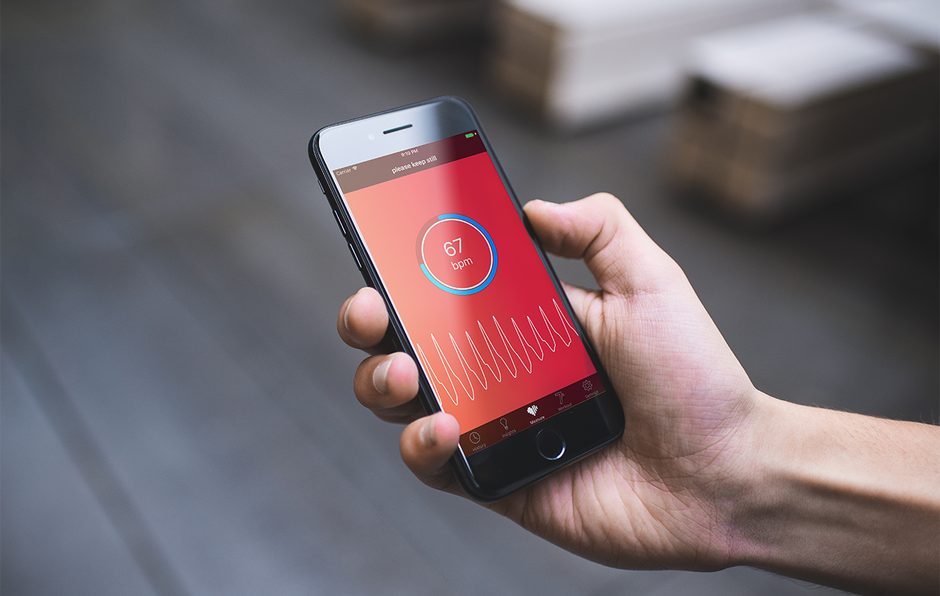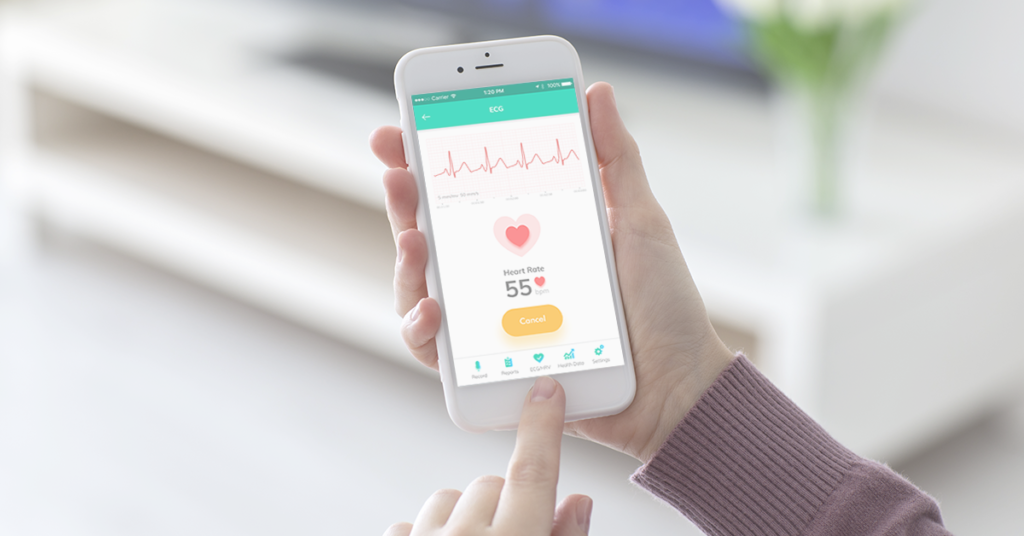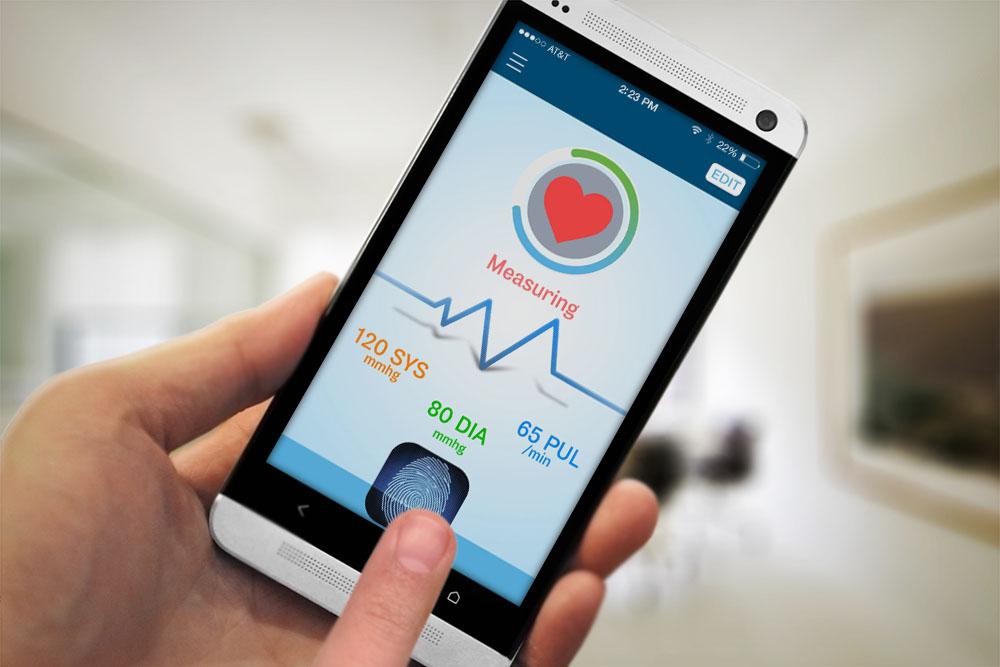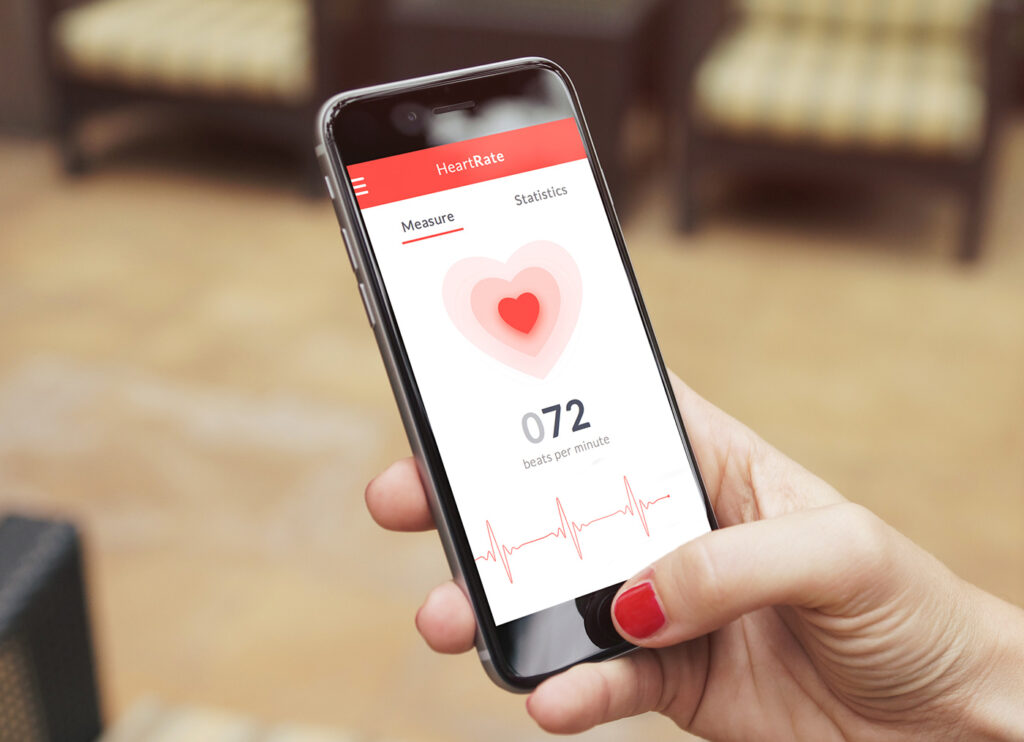
How Accurate is Phone Heart Rate Monitor – 2024 Guide
The diversity of uses our phones have garnered through built-in sensors and apps is staggering. The more time passes the more we see this diversity expanded upon. One of the parts of our everyday life phones can help us with is our health.
Tools such as diet plans, workout schedules, calorie counters, and others have been around for a while but in the more recent years, we’ve seen heart rate monitors becoming the new hotness in the sphere of health apps. These apps may seem unreal at first, with the claim of measuring your heart rate seeming like too tall of a task for a phone.
However, they do work the only uncertainty is how well they fulfill their part. That uncertainty will be faced below and answers given.
How do phone heart rate monitors work?

The standard-issue heart rate monitors we see used by medical professionals work by measuring electrical signals from your heart. The data is transmitted to a relevant data center adjusted to it and immediately return the calculated heart rate. Phone heart monitors apply a different approach to measuring relevant information, which is why their capabilities are often brought into question. The phone-based heart rate apps rely on the camera and lights to detect your heartbeat. The camera will discern whether there are any changes in color and opacity of the blood as it is being pumped. The whole process is done through the phone’s sensors detecting these changes by scanning your skin.
Through these simple methods, the apps get approximate heart rate and present it on screen. Even though the process doesn’t utilize electrical signals it has still been confirmed to work, although there are cases where the accuracy of the information isn’t all there.
The concern of accuracy and why not every app is accurate

The apps don’t only differ by programmer and layout, they can differ in techniques too. This is the reason there’s a certain amount of disparity between heart rate monitor apps.
The most reliable and frequent technique that is used to determine changes in blood volume is photoplethysmography. The technique uses low-intensity infrared rights that travel through tissue and get absorbed by our body. The part of our body that absorbs light the strongest is blood. Because of this, the changes in the intensity of light can also be read as changes in blood flow. The process allows us to detect small changes as well as big changes.
Even when utilizing photoplethysmography, the app could have mediocre accuracy due to the approach taken in realizing these calculations. Inadequate approaches can have a huge disparity, going above 20 beats per minute above or below the actual heart rate. The two approaches we have frequently seen include holding your finger on the phone’s camera and putting the camera in front of your face.
The former approach works a lot better as the sensors are far closer to your body, allowing for better accuracy. Additionally, the approach that utilizes putting your face in front of the camera can easily get its calculations affected depending on the area you are using it in.
Example of a good heart rate app

The best heart rate monitoring apps for our phones can be tough to find. This is specifically due to their differences being fundamentally hard to discern. As we’ve said already, the difference between apps that are on offer can be exclusively their approach or the way it’s implemented. This means that even if we use multiple different apps we won’t see the difference between them until direct comparisons are made.
The amount of provided tools apart from the regular measurement of our heart rate can also make it fruitful. After all, the solutions to heart rate issues can often be found in fitness and diet so adding those into the mix together with the standard operating capabilities of the app is always fruitful.
Among some of the better choices, we have Welltory. This app covers not only heart rate but other aspects of our body that can help maintain our health.
One of the more important aspects of a good heart monitor app on your phone is its ability to calculate heart rate variability. This physiological phenomenon represents the variation in the time interval between heartbeats. Keeping an eye out for it can show how well our heart is beating by checking the interval itself. If the heart rate variability is between 20 and over 200 milliseconds the heart is operating normally, in terms of beat frequency at least. The regular heart doesn’t beat evenly and such situations may be cause for concern.
If you want a good heart rate variability app, Welltory will provide it. The Welltory HRV app part is not its only selling point though. You use it as a regular blood pressure check app as well. It will showcase your blood pressure, the state relevant to your usual blood pressure, as well as mean arterial pressure. This way, you get a lot of important information in a simple package. The precision of the app is very good, with it using the far superior approach when measuring the actual blood pressure.
The app can also be used for the sake of syncing up other sources of data that can help the app itself perform better. This can be utilized with fitness apps, allowing you to transfer your current progress and layout of exercise onto a new tool without having to spend time retyping everything.
Conclusion
The number of phone heart rate monitor apps is exceptionally high. No matter whether it’s a regular blood pressure check app or something more convoluted, we can frequently find ourselves lost. On top of that, more skeptical users will doubt the accuracy of these applications despite their functionality. It can be troublesome to find a good blood pressure app that will also be a decent heart rate variability app, or have that function at all.
However, this category had enough time to grow that nowadays there are very firm examples of what good apps should be like. These apps provide ample accuracy by using the tried method of measuring heart rate and thus maintaining enough precision in their calculation.
